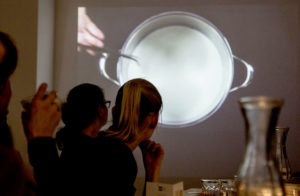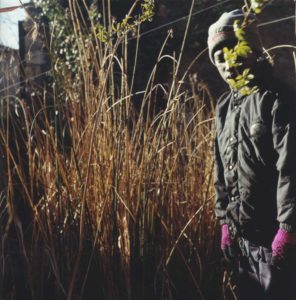Das Rhein Rauschen: a multi-media journey
Das Rhein Rauschen was my 2016 multi-media exhibition in Basel, Switzerland. Translated literally, this title means The Rhine Rush, speaking to the rushing sound it makes as it flows – as well as offering a little play on words around the idea of rushing into something or to do something. With the curation expertise and support of Emily Bruner throughout the whole process, the exhibition took form.
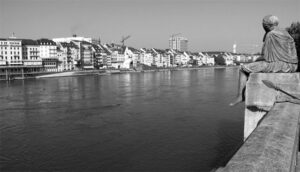 From an artistic perspective, I was looking to somehow create a new river perfume and my aim was to translate as many sensual encounters with this wild river as possible: sounds, sensations, colours, stories, scents. Rivers are ever-changing and ungraspable and, yet, such a fundamental, ancient, and constant feature in our collective human history: from drinking to washing to burials to songs…
From an artistic perspective, I was looking to somehow create a new river perfume and my aim was to translate as many sensual encounters with this wild river as possible: sounds, sensations, colours, stories, scents. Rivers are ever-changing and ungraspable and, yet, such a fundamental, ancient, and constant feature in our collective human history: from drinking to washing to burials to songs…
But these water spaces are definitively contained, and we often perceive them only in terms of their boundaries, their banks.
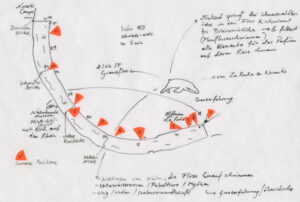
So, it was essential that my own explorations would take the form of a multi-media project – leaving the many aspects of the river to roam freely through my work, uncurtailed by a single medium.
To achieve this, I hired a diver who could move like a whale, allowing us to filter out the essential ingredients for the river perfume I was creating. And I cast a woman’s body and its fragments became seashell-like, papier-maché objects.
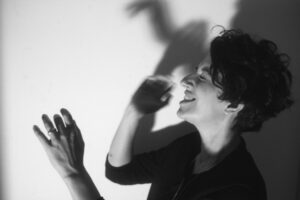 During this process, I also photographed the model with her body casts – one of the many portraits of women I have loved capturing over the years. Plus, I wrote a river soundscape which was then interpreted by the amazing vocal artist, Alessandra Eramo. Altogether, this was a truly creative flow. The different mediums – photography, sculpture, drawing, film, and sound – emerged from the multi-sensory approach that I had started with to create the scent in the first place.
During this process, I also photographed the model with her body casts – one of the many portraits of women I have loved capturing over the years. Plus, I wrote a river soundscape which was then interpreted by the amazing vocal artist, Alessandra Eramo. Altogether, this was a truly creative flow. The different mediums – photography, sculpture, drawing, film, and sound – emerged from the multi-sensory approach that I had started with to create the scent in the first place.
This scent formed the starting point, and centre, of the whole project: especially the exhibition at Villa Renata, Basel.
I loved sharing my initial research with the great nose and perfume maker, Andreas Wilhelm. He actually described his position within the project as that of a ‘sponge’ in our collaborative process, which I find very fitting. The direction I chose with him was very close to a natural imprint and, therefore, close to the other mediums I used, like photography and sculptural casts.
The 50ml perfume bottle is currently sold out, but the limited edition published with backbonebooks – a beautifully boxed set containing 10ml as a river-roll-on, an original papier-mache body fragment, a mobile to make yourself, and a photographic leaflet – is still available. You can purchase on request via email to hello@ines-l.com or via the backbonebooks shop.
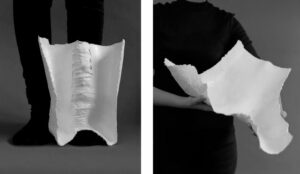
I hope you will enjoy exploring this part of my work as a space within which to perceive yourself as a river and its shore at the same time. It’s an invitation for you to connect to our environment in an empathic and multisensory way, in order to find new ways to care and to listen.
Das Rhein Rauschen: a multi-media journey Read More »
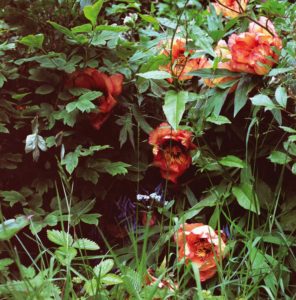 Spring is in full bloom!
Spring is in full bloom! 